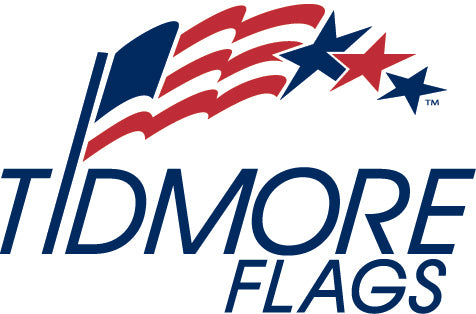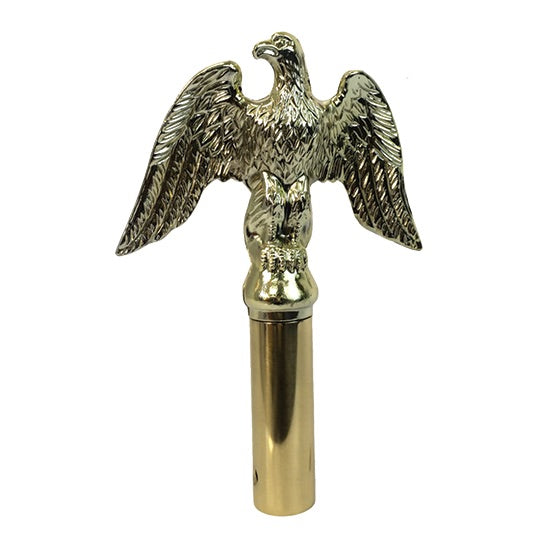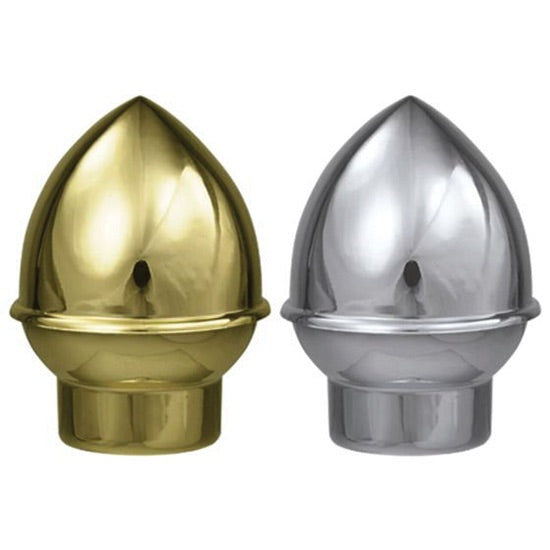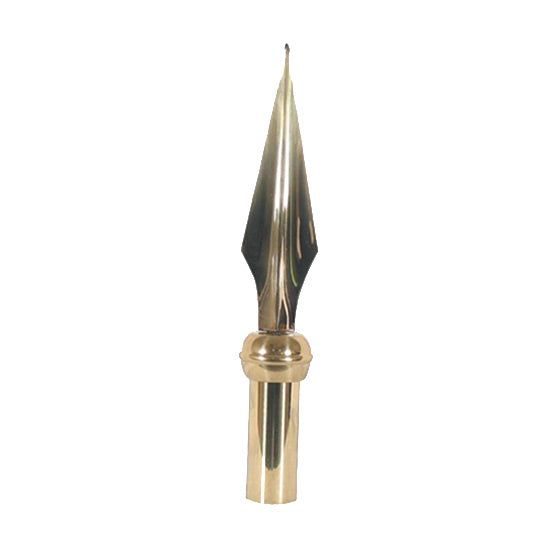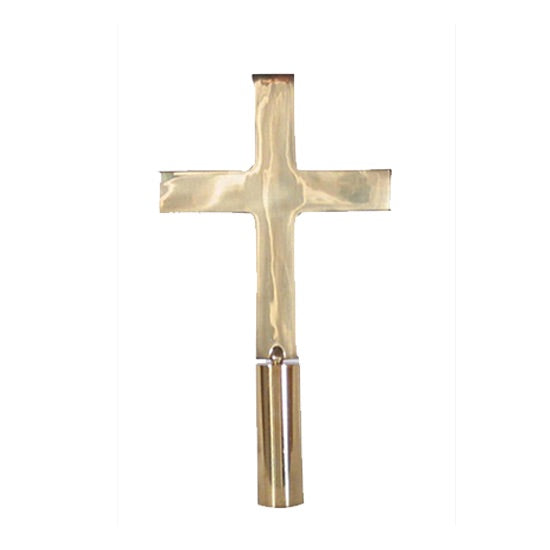Indoor Religious Flags Etiquette and Sanctuary Flag Ornaments

Share
Reverent, Orderly, and Beautiful: Indoor Religious Flags Etiquette & Sanctuary Flag Ornaments
You set the hymn numbers. You polish the brass. The prelude begins. Then you notice a small detail that feels off. Are the flags placed correctly? Are the ornaments secure and matching? In a sanctuary, tiny choices add up. The right religious flags etiquette indoor and the right sanctuary flag ornaments create calm, dignity, and focus.
This guide is clear, practical, and easy to follow. You will learn the what, how, where, and why. You will see a short story, a checklist, and a quick FAQ. By the end, you will know exactly how to place flags and choose ornaments that fit your space and your tradition.
Shop Flagpole Ornaments and ToppersA Short Story: The Saturday Setup That Saved Sunday
Maria oversees the facility at a busy church. One Saturday she walked into the sanctuary before choir rehearsal and felt something was wrong. The U.S. flag stood on the wrong side of the platform. The religious flag had a loose finial that wobbled each time the air turned on.
She pulled up her notes. She moved the U.S. flag to the speaker’s right as they face the people. She moved the religious flag to the other side. She replaced the loose finial with a cross ornament that matched the sanctuary cross. When the choir arrived, the room felt settled. On Sunday, members thanked her without knowing why. The space simply felt right.
That is the quiet power of indoor religious flags etiquette and well chosen sanctuary flag ornaments.
Why Etiquette Matters in Sacred Spaces
Respect and unity. Flags carry meaning. Placement signals gratitude to God and respect for neighbor and country.
Clarity and calm. Proper layout reduces visual noise. People may not name it, but they feel it. Good etiquette supports reverence.
Tradition and teaching. Your display can teach newcomers about your identity and values without a word.
What To Know First: Core Principles
- Two kinds of symbolism. The U.S. flag is a civic symbol. The religious flag expresses faith identity. Give both dignity.
- Platform vs. floor. Placement shifts slightly if flags stand on the platform with the speaker or on the main floor beside the congregation.
- Proportion and finish. Pole height, fringe, cords, and sanctuary flag ornaments should create a balanced look. Nothing should compete with your central sacred focus such as altar, table, cross, pulpit, bimah, ark, or mihrab.
Pro tip: Choose indoor, pole sleeve flags with optional fringe in sturdy stands. Keep metal finishes consistent. Antique brass with antique brass. Bright brass with bright brass. Matte with matte.
Where To Place Flags Indoors
On the Speaker’s Platform
- U.S. flag: To the speaker’s right as they face the congregation. This is the congregation’s left.
- Religious flag: To the speaker’s left for visual balance.
- Keep both flags upright, in stable stands, and clear of instruments and doors.
On the Main Floor
- U.S. flag: To the congregation’s right as they face the platform.
- Religious flag: On the opposite side.
For Processions
- Use lightweight indoor flags with pole sleeves on two piece processional poles.
- Select processional ornaments suited to your tradition such as cross, spear, or ball.
- After the procession, place flags in matching processional stands.
Note: Some traditions adapt these norms to specific theology or architecture. When in doubt, confirm with your clergy or governing body.
How To Finish the Look: Sanctuary Flag Ornaments
Cross ornaments. Common in Christian sanctuaries. Pair well with fringed indoor flags for a formal, ecclesial look.
Eagle ornaments. A classic civic finial in U.S. interiors. Good for patriotic observances and commemorations.
Spear or spade ornaments. Clean and traditional. Strong choice for processional sets and minimal designs.
Ball or acorn ornaments. Simple and elegant. Ideal when you want the flag design to be the visual focus.
Tradition specific ornaments. Use symbols that respectfully reflect your faith where appropriate and available.
Design tip: Keep finishes uniform across stands, ornaments, cords, and tassels. Consistency reads as intentional and respectful.
Quick Start Checklist
-
Placement
- Platform setting: U.S. flag at the speaker’s right. Religious flag at the speaker’s left.
- Floor setting: U.S. flag at the congregation’s right. Religious flag opposite.
-
Proportions
- Match flag size to ceiling height and pole length.
- Common pair: 3 × 5 foot flag on an 8 to 9 foot pole.
-
Finishes
- Match metals across stands, finials, cords, and tassels.
- Coordinate fringe and pole sleeve colors with your sanctuary palette.
-
Condition
- Check for fraying, fading, or bent finials.
- Ensure flags hang free and do not touch walls or fixtures.
-
Processional details
- Train carriers. Rehearse entries and turns.
- Use lighter indoor nylon for easier carrying.
Print this checklist and post it in your storage area for quick reference.
Room by Room Tips
Narrow chancel or bema. Move flags slightly forward and outward to frame the center without crowding it.
Multi use rooms. Use weighted mobile stands and store on a wall rack when the room flips for community events.
Chapels and prayer rooms. Scale down flag and pole sizes. Consider a 2 × 3 foot flag on a 7 to 8 foot pole with a simple ball or acorn finial.
Care and Maintenance
- Dust pole sleeves, fringe, and ornaments each month.
- Spot clean stains and dry fully before storage.
- Rotate flags that sit in direct sunlight.
- Store processional sets in padded bags to prevent dents and scratches.
